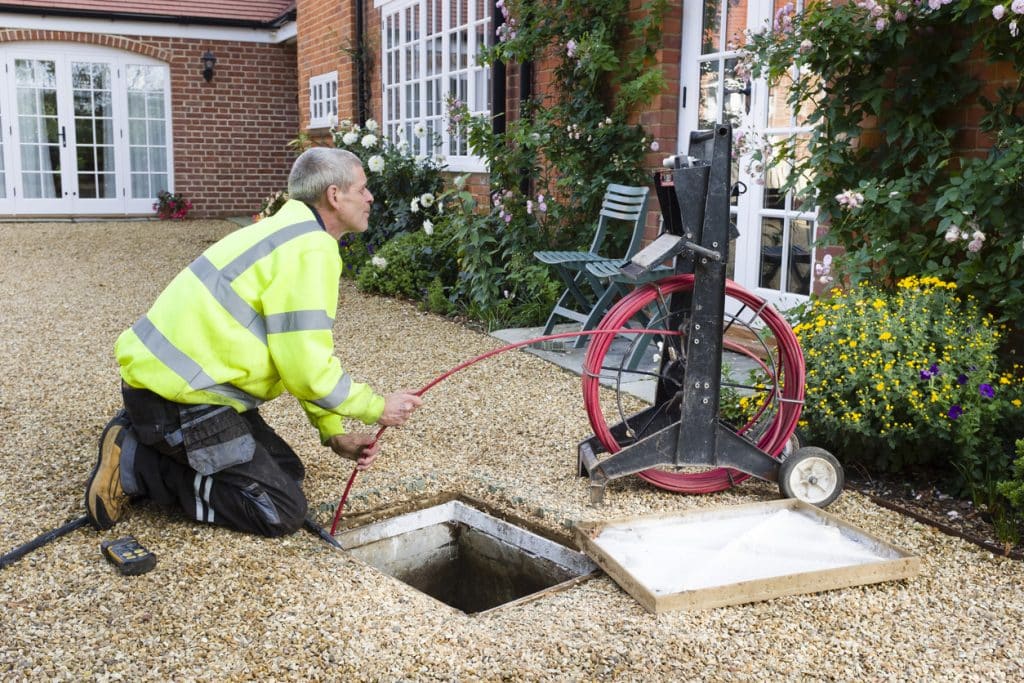A routine sewer line inspection allows a plumber to identify potential problems early, which prevents them from escalating into major complications requiring costly repairs and replacement. Furthermore, addressing blockages or pipe damage will improve the flow of wastewater and ensure the effectiveness of your plumbing system. Most importantly, it will bring you peace of mind by providing you with valuable information about your home’s infrastructure so that you can make informed decisions about your property.
Assessing the Sewer Line
Your plumber will begin your sewer line inspection by locating a suitable access point. This is usually a cleanout or main sewer trap. Next, they’ll insert a high-resolution camera, which is attached to the end of a long, flexible rod. This camera sends real-time video footage to a monitor. The plumber will then be able to inspect the condition of your pipes with minimal disruption to your property.
Looking for Potential Problems
Your plumber will carefully navigate the camera through your sewer line as they watch in the video feed for issues. They’re looking for things like cracks or fractures in the pipe. They also look for clogs caused by debris, grease, or tree roots. These blockages are detrimental because they can cause sewage to back up into your home, leading to health hazards, property damage, and costly repairs.
Other issues that a sewer line inspection can detect include bellied or sagging pipes where wastewater can collect. This will disrupt the normal flow of wastewater, causing clogs, backups, and potential structural damage to the pipe and surrounding area. Another common issue is corrosion, especially in older pipes. Corrosion weakens the pipe, leading to leaks, blockages, and structural issues. In addition, a sewer line inspection will warn you about any joint separations or misalignments. These create openings where wastewater can escape into the surrounding soil, which causes unpleasant odors, dampness, and potential health risks.
Creating a Full Report
After the camera inspection is complete, the plumber will review the footage and data to determine the overall condition of your sewer line. They’ll record any problems they find during the inspection, as well as the location and severity. You’ll be provided with a detailed report that summarizes the findings and offers recommendations for repair or maintenance.
You should be scheduling a sewer line inspection every one to two years, especially if you have an older home or a property with trees near the sewer line. Of course, this depends on factors like the age of your sewer line, the material of the pipes, and any past issues you’ve had. If you’re ready to schedule a sewer line inspection, call Harmon Plumbing in Durham, NC today to take advantage of our leak detection services.


